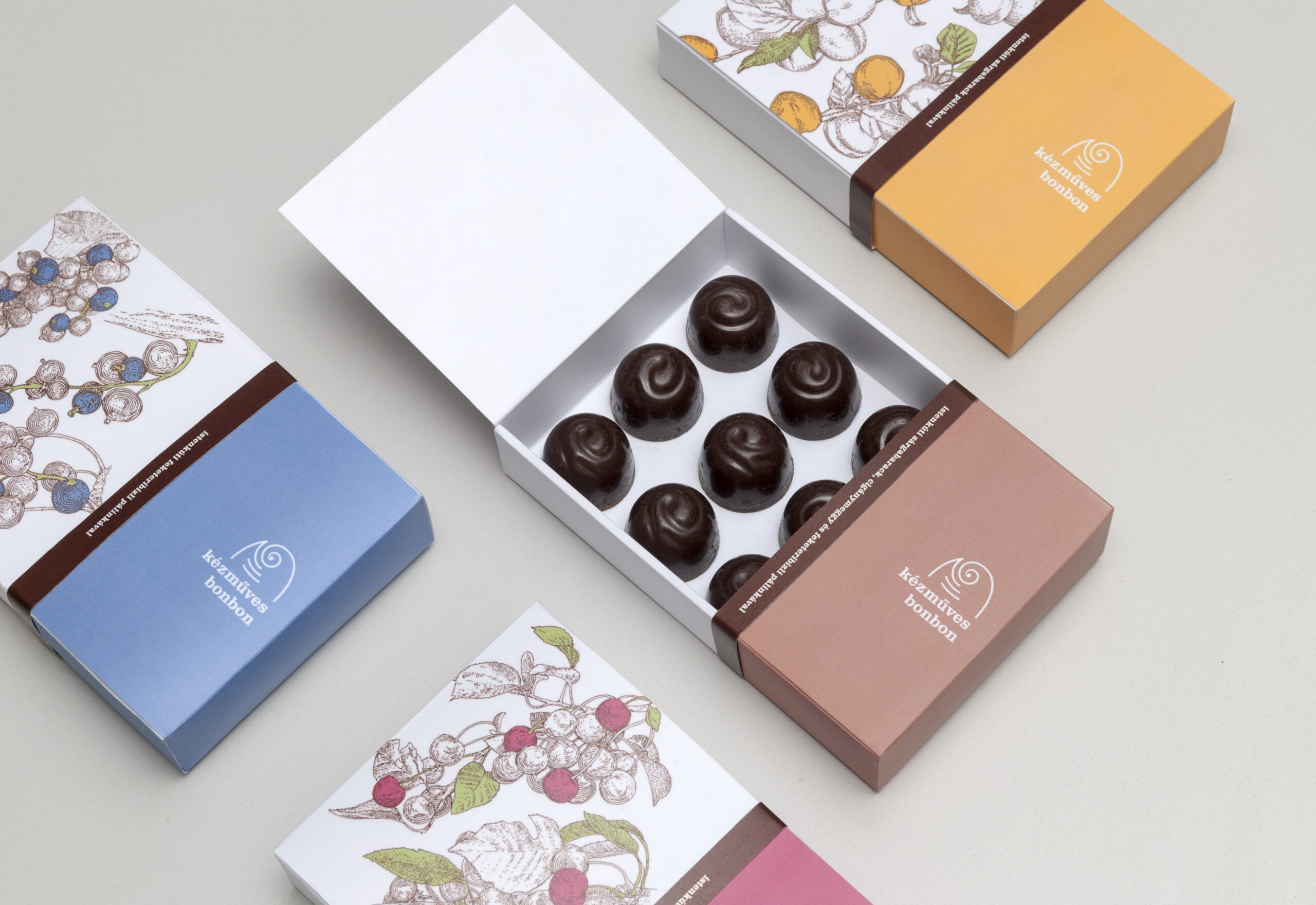Chocolate bonbons are not just delightful treats; they are a celebration of flavors, craftsmanship, and luxury. The packaging of these exquisite confections plays a crucial role in enhancing the overall experience for the consumer. Effective packaging not only protects the delicate bonbons but also adds to their allure and marketability. In this article, we explore the key aspects of chocolate bonbon packaging, from materials and design to branding and sustainability.
The Importance of Packaging for Chocolate Bonbons
Packaging serves several vital functions for chocolate bonbons. It ensures the freshness and integrity of the product by protecting it from environmental factors such as moisture, light, and temperature fluctuations. Additionally, packaging plays a pivotal role in creating a memorable unboxing experience, which can significantly impact consumer satisfaction and brand loyalty.
Choosing the Right Materials
The choice of materials is critical in chocolate bonbon packaging. Common materials include:
- Cardboard and Paperboard: These are popular choices due to their versatility and eco-friendliness. They can be easily customized with various printing techniques to create eye-catching designs.
- Plastic: While less environmentally friendly, plastic offers superior protection against moisture and can be molded into various shapes and sizes.
- Metal Tins: Metal tins are often used for premium chocolate bonbons. They provide excellent protection and have a luxurious appeal.
- Biodegradable Materials: With growing environmental awareness, many brands are opting for biodegradable and compostable packaging materials.
Design Elements
The design of chocolate bonbon packaging should reflect the brand’s identity and the quality of the product. Key design elements include:
- Color and Graphics: The use of colors and graphics can evoke emotions and create a visual connection with the consumer. Rich, dark colors often suggest luxury, while vibrant colors can indicate playful and bold flavors.
- Typography: Elegant and readable typography enhances the packaging’s aesthetic and conveys important information about the product.
- Window Panels: Clear window panels allow consumers to see the bonbons inside, adding to the anticipation and trust in the product.
- Textural Elements: Embossing, debossing, and foil stamping can add a tactile dimension to the packaging, making it more engaging.
Branding and Customization
Effective packaging is a powerful branding tool. Customizing the packaging to reflect the brand’s story and values helps in creating a unique identity. Elements to consider include:
- Logo Placement: Prominently displaying the brand logo helps in building brand recognition.
- Brand Colors: Consistent use of brand colors strengthens brand identity.
- Taglines and Messaging: Including taglines or messages that resonate with the target audience can enhance the emotional connection with the brand.
If you want to know more about burger boxes wholesale visit topusapackaging
Sustainability Considerations
With increasing consumer awareness about environmental issues, sustainable packaging has become a significant consideration. Brands are adopting various strategies to make their packaging more eco-friendly:
- Recyclable Materials: Using materials that can be easily recycled helps in reducing environmental impact.
- Minimalist Packaging: Reducing the amount of packaging material without compromising on protection can appeal to eco-conscious consumers.
- Eco-Friendly Inks: Using soy-based or water-based inks instead of traditional petroleum-based inks reduces the environmental footprint.
Conclusion
Chocolate bonbon packaging is more than just a protective layer; it is an integral part of the product experience. By carefully selecting materials, incorporating thoughtful design elements, and aligning with sustainable practices, brands can create packaging that not only preserves the quality of the bonbons but also captivates and delights consumers. The right packaging can elevate the perceived value of the product and foster a deeper connection between the brand and its customers.
